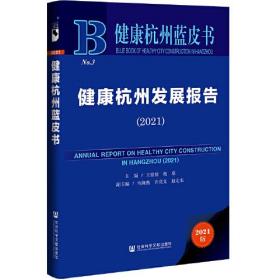
油气资源评价(英文版十四五石油高等院校特色规划教材)
¥ 16.2 5.6折 ¥ 29 全新
仅1件
河北保定
认证卖家担保交易快速发货售后保障
作者于强、李荣西、周伟、Ahmed Khaled 编
出版社石油工业出版社
出版时间2022-04
版次1
装帧平装
货号9787518352869
上书时间2024-12-14
- 在售商品 暂无
- 平均发货时间 27小时
- 好评率 暂无
- 最新上架
商品详情
- 品相描述:全新
图书标准信息
- 作者 于强、李荣西、周伟、Ahmed Khaled 编
- 出版社 石油工业出版社
- 出版时间 2022-04
- 版次 1
- ISBN 9787518352869
- 定价 29.00元
- 装帧 平装
- 开本 16开
- 页数 125页
- 字数 240.000千字
- 正文语种 英语
- 【内容简介】
-
本书介绍了与油气资源、储量及其分类体系有关的基本概念,详细讨论了常规和非常规油气资源评价的原理、参数、计算步骤和综合分析流程。在对评价方法、基本数据和参数,以及评价工作中存在的问题和影响因素等介绍的基础上,本书指出了评价工作中误差产生的原因、评价方法的优选,并阐述了如何提高油气资源评价的质量。
本书可作为高等院校资源勘查工程、储碳科学与工程、地质学、勘查技术与工程、地球物理学等专业的教材,也可供从事常规和非常规油气资源勘探开发的人员以及石油地质领域的科研工作人员参考。 - 【目录】
-
Introduction
0.1 Basic of This Course
0.2 Object, Task and Content of Petroleum Resources Assessment
0.3 Status and Function of Petroleum Resources Assessment
0.4 Characteristics, Principles and Requirements of Petroleum Resources Assessment
0.5 Petroleum Exploration and Resources Assessment
Questions
Chapter 1 Basic Concepts of Petroleum Resources Assessment
1.1 Basic Concepts of Petroleum Resources
1.2 Concepts Relevant to This Subject
Questions
Chapter 2 Classification System of Petroleum Resources
2.1 USA Classification System of Petroleum Resources
2.2 Classification System of Petroleum Resources/Reserves of the Former Soviet Union/Russia
2.3 Classification System of Petroleum Resources and Reserves of Different Institutions
2.4 Classification System of Petroleum Resources in China
Questions
Chapter 3 Evaluation Methods of Conventional Petroleum Resources
3.1 Genetic Method
3.2 Comparison
3.3 Statistics Methods
3.4 Integrated Methods
Questions
Chapter 4 Evaluation Methods of Unconventional Petroleum Resources.
4.1 General Analogy
4.2 Analogy of Resource Abundance
4.3 FORSPAN Method
4.4 Single Well Reserve Estimation Method (or EUR Analogy Method)
4.5 Prediction of Gas Reservoirs for Continuous Tight Sandstone
Questions
Chapter 5 Basic Data and Parameters of Petroleum Resources Assessment
5.1 Evaluation Data and Data Processing
5.2 Calibration Area and Reserves Calculation Unit
5.3 Oil-bearing Area
5.4 Effective Thickness and Interlayer
5.5 Effective Porosity
5.6 Original Oil Saturation
5.7 Other Parameters
Questions
Chapter 6 Improving the Quality of Petroleum Resources Assessment
6.1 Causes of Error
6.2 Comparison of Evaluation Methods
6.3 Problems and Solutions
Questions
References
点击展开
点击收起
— 没有更多了 —












以下为对购买帮助不大的评价